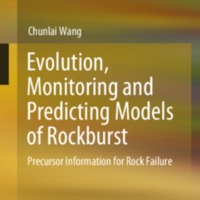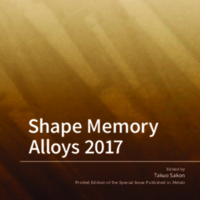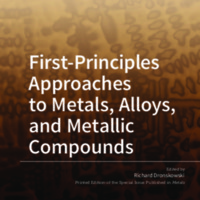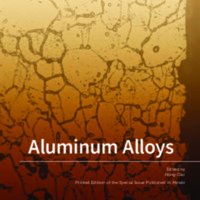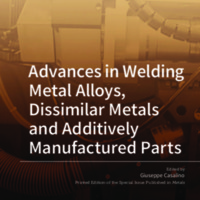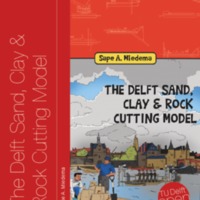622 Mining & Related Operations
Dublin Core
Title
622 Mining & Related Operations
Collection Items
Advances in the Characterisation and Remediation of Sites Contaminated with Petroleum Hydrocarbons
This open access book synthesizes important advances in the assessment and management of soil and groundwater systems contaminated with petroleum hydrocarbons, especially in the form of light non-aqueous phase liquids (LNAPLs). LNAPL characterization…
Microstructure, Characterization and Mechanical Properties of Coal and Coal-Like Materials
In view of the general trend that the development of the global energy industry is oriented toward green, low-carbon, and efficient utilization, scientific research teams in various fields dominated by the coal industry have conducted much research…
Physical Metallurgy of High Manganese Steels
The Special Issue ‘Physical Metallurgy of High Manganese Steels’ addresses the highly fascinating class of manganese-alloyed steels with manganese contents well above 3 mass%. The book gathers manuscripts from internationally recognized researchers…
Geothermal Energy: Delivering on the Global Potential
After decades of being largely the preserve of countries in volcanic regions, the use of geothermal energy—for both heat and power applications—is now expanding worldwide. This reflects its excellent low-carbon credentials and its ability to offer…
Evolution, Monitoring and Predicting Models of Rockburst: Precursor Information for Rock Failure
This open access book focuses on investigating predicting precursor information and key points of rockburst in mining engineering through laboratory experiment, theoretical analysis, numerical simulation and case studies. Understanding the evolution…
Shape Memory Alloys 2017
Shape memory alloys (SMAs) have special property of the shape memory effect. After thermal treatment above the martensitic transition temperature, the alloys come back to the original shape when the alloys heat again after having cooled it to the…
Metals Challenged by Neutron and Synchrotron Radiation
Neutron and Synchrotron radiation methods have matured to become powerful techniques for the study of a vast range of materials, including metals. The characterization methods comprise the categories of diffraction, spectroscopy and imaging, which…
Hydrometallurgy
Hydrometallurgy, which involves the use of aqueous solutions for the recovery of metals from ores, concentrates, and recycled or residual material, plays an integral role in the multi-billion dollar minerals processing industry. There are numerous…
First-Principles Approaches to Metals, Alloys, and Metallic Compounds
Current fundamental electronic-structure theory allows for the accurate prediction and characterization of elemental metals adopting any allotropic structure, intermetallic compounds, and other metal-rich phases. From an engineering perspective,…
Aluminum Alloys
Aluminium is the world’s most abundant metal and is the third most common element, comprising 8% of the Earth’s crust. The versatility of aluminium makes it the most widely used metal after steel. By utilising various combinations of their…
Advances in Welding Metal Alloys, Dissimilar Metals and Additively Manufactured Parts
Welding technology has been taken for granted as a mature and established technology for too long. However, many new welding technologies have been included among the alternatives to joining materials. They come both from the areas of fusion and…
Metals Challenged by Neutron and Synchrotron Radiation
Neutron and Synchrotron radiation methods have matured to become powerful techniques for the study of a vast range of materials, including metals. The characterization methods comprise the categories of diffraction, spectroscopy and imaging, which…
Metals Challenged by Neutron and Synchrotron Radiation
In the past one and a half decades, neutron and synchrotron radiation techniques have come to the forefront as an excellent set of tools for the wider investigation of material structures and properties [1,2], becoming available to a large user…
The Delft Sand, Clay & Rock Cutting Model
This book gives an overview of cutting theories for the cutting of sand, clay and rock as applied in dredging engineering. In dredging engineering in general sand, clay and rock are excavated with buckets of bucket ladder dredges,…
Collection Tree
- 600 Technology
- 620 Engineering
- 622 Mining & Related Operations
- 620 Engineering





